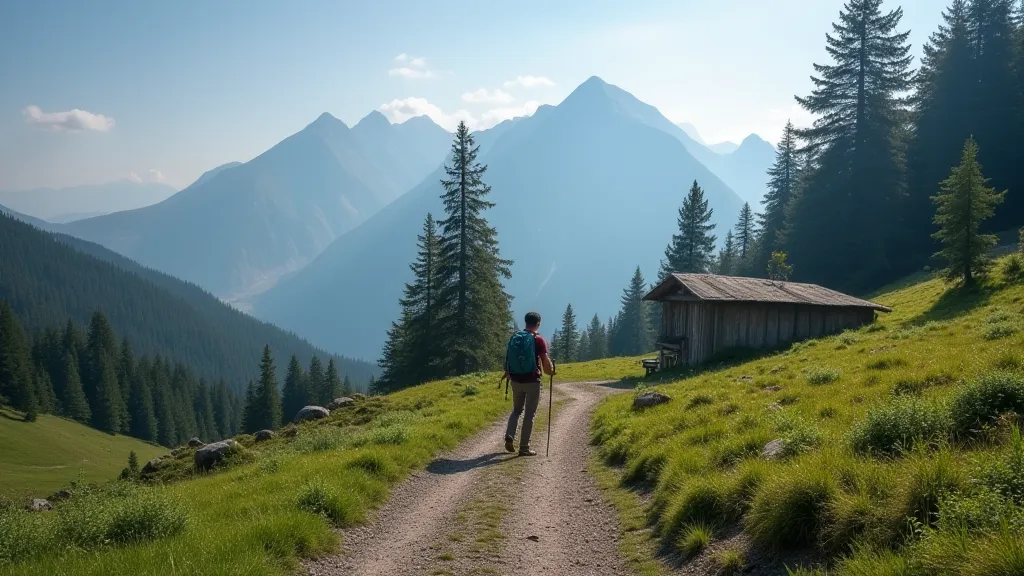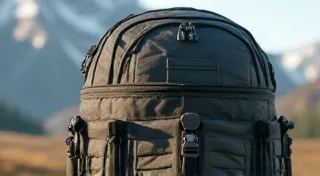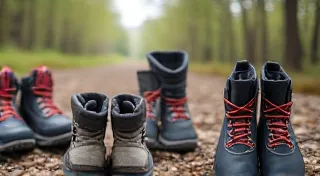Choosing the Right Hiking Backpack: A Buyer's Guide
Selecting a hiking backpack can feel overwhelming. With so many brands, sizes, and features available, it’s crucial to choose a pack that fits your needs and provides comfort on the trail. This guide breaks down the key considerations to help you find the perfect hiking backpack.
1. Capacity: How Much Do You Need?
The capacity of your backpack, typically measured in liters, is the first and most important factor. The right size depends largely on the length of your hikes and your packing style. Planning a long-distance trek like the Pacific Crest Trail (PCT)? You'll need a larger pack than someone planning a short afternoon hike.
- Day Hikes (Up to 15 Miles): 20-35 liters. These smaller packs are ideal for carrying essentials like water, snacks, a first-aid kit, and extra layers.
- Weekend Backpacking (1-2 Nights): 40-60 liters. This range provides enough space for a sleeping bag, tent, cooking gear, and extra clothing.
- Multi-Day Backpacking (3+ Nights): 65+ liters. For extended trips, a larger capacity is necessary to accommodate more food and supplies.
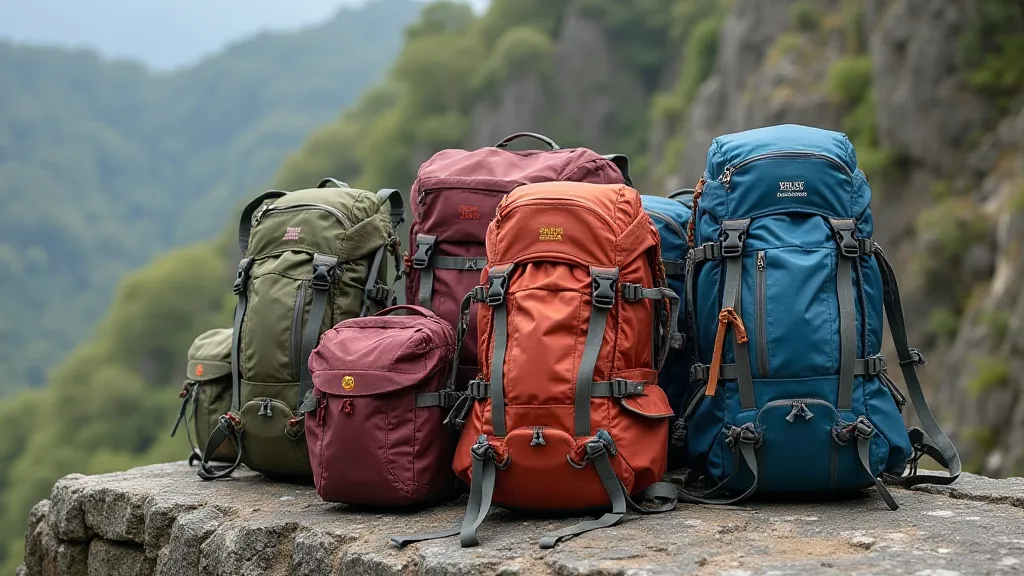
2. Features: What to Look For
Beyond capacity, several features influence a backpack's functionality and comfort. Think about where you’re hiking – if you are close to a water source, you might not need a large hydration reservoir, but if you're venturing into more remote areas, reliable water filtration and purification become essential. You can learn more about water filtration and purification for hiking in our comprehensive guide.
- Ventilation: Many backpacks incorporate ventilation systems to reduce sweating and keep your back cooler. Look for mesh panels or suspended frames.
- Hydration Compatibility: A dedicated hydration sleeve allows for easy access to a water reservoir.
- Pockets & Compartments: Consider the number and placement of pockets. Hipbelt pockets are convenient for snacks and small essentials.
- Attachment Points: Loops and straps for attaching trekking poles, ice axes, or sleeping pads are valuable for some hikers.
- Rain Cover: A built-in or separate rain cover protects your gear from the elements.
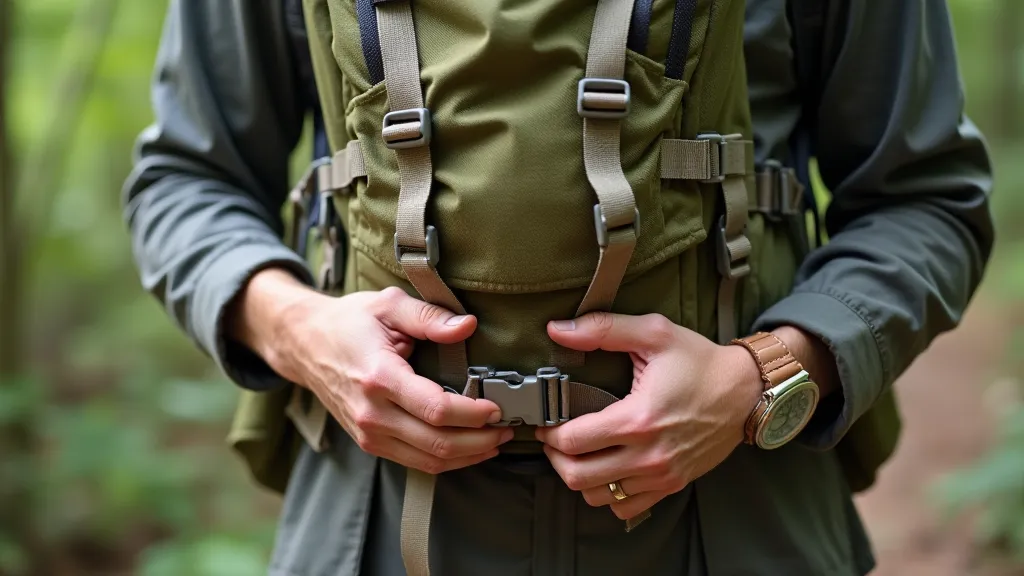
3. Fit: The Most Crucial Element
A poorly fitted backpack can lead to discomfort, pain, and even injury. Proper fit is paramount. Finding the right fit can be tricky, as torso length and waist size significantly impact the overall feel of the pack. It's not just about choosing the right size; it’s about the contours and adjustments that allow the pack to work *with* your body, distributing the weight effectively. Selecting the right size also depends greatly on the terrain you plan to tackle. Exploring the best hiking trails in Colorado? You'll likely want a pack that’s adaptable to varied terrain.
- Torso Length: This is the most important measurement. Most manufacturers provide sizing charts based on torso length.
- Waist Size: The hip belt should wrap comfortably around your hips, transferring the pack's weight to your stronger leg muscles.
- Shoulder Straps: The shoulder straps should contour comfortably to your shoulders without digging in or feeling too loose.
- Load Lifters: These straps connect the top of the shoulder straps to the pack frame and help pull the load closer to your body.
Pro Tip: Visit a local outdoor gear store to get professionally fitted and try on several backpacks before making a purchase. Load the pack with weight (sandbags are often used) to simulate a realistic hiking load. Don’t be afraid to ask for help from the store staff; they’re experts in fitting packs to different body types and hike styles.
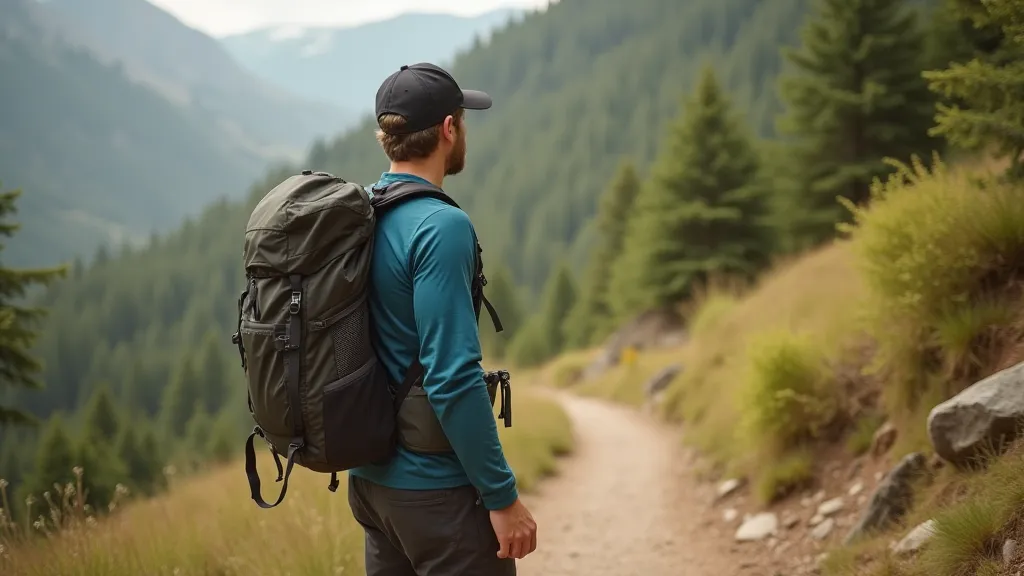
4. Materials & Durability
Hiking backpacks are exposed to harsh conditions. Look for durable materials and construction. Consider the environment you’re hiking in; a rugged, rocky trail demands more abrasion resistance than a well-maintained path. Choosing a durable pack protects your investment and ensures your gear remains safe.
- Nylon: A common and relatively affordable material.
- Ripstop Nylon: More resistant to tearing than standard nylon.
- Cordura: A high-performance fabric known for its strength and abrasion resistance.
Consider the overall construction: Strong stitching and reinforced stress points are indicators of a well-built backpack. Pay close attention to the zippers and buckles; these are often the first areas to fail on lower-quality packs.
5. Advanced Features and Considerations
Beyond the basics, several advanced features can significantly enhance your hiking experience. These are often trade-offs in terms of weight and cost, so consider your priorities.
- Convertible Packs: Some backpacks can be converted from internal frame to external frame, offering versatility for different load types.
- Pack Covers/Rain Protection: Even with a built-in rain cover, consider a separate, more durable pack cover for extended trips in wet conditions.
- Compression Straps: These straps cinch down the load, preventing shifting and stabilizing the pack’s contents.
- Ice Axe/Trekking Pole Attachment: Essential for mountaineering or hiking in snowy conditions.
- Emergency Whistle Integration: A simple but potentially life-saving feature.
Conclusion
Choosing the right hiking backpack requires careful consideration of capacity, features, fit, and durability. By taking the time to research and try on different models, you can find a pack that will enhance your outdoor adventures and make your hiking experience more enjoyable. Don's rush the process; the comfort and safety of your gear depend on it! Planning a long journey? Remember to check out our guide to Pacific Crest Trail (PCT) essentials to ensure you're fully prepared. Happy trails!
